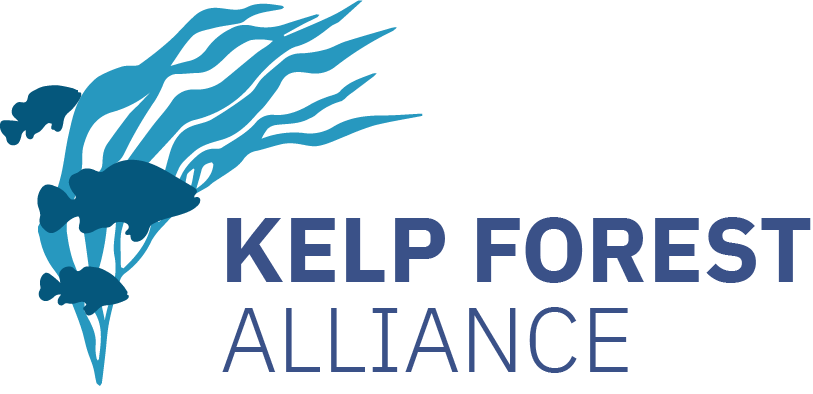Restoration Objective:
This artificial reef was installed to mitigate the loss of intertidal rearing habitat caused by development of a large marina.
Site Selection Criteria:
The elevation of the habitat was chosen at a level thought to be most suitable for salmonoids. The mitigation area for the project was sized and located to optimally result in a doubling of epibenthic food resources in shallow subtidal and intertidal waters.
Cause Of Decline:
Mitigation was needed to offset the environmental cost of a new marina. In particular, the loss of epibenthic prey populations that are important to juvenile salmon and marine resident fish.
Key Reasons For Decline:
Physical Disturbance
Scientific Paper
Creation of rocky intertidal and shallow subtidal habitats to mitigate for the construction of a large marina in Puget Sound, Washington
Bulletin of Marine Science, Vol. 55.
https://www.ingentaconnect.co...4/00000055/f0020002/art00040


